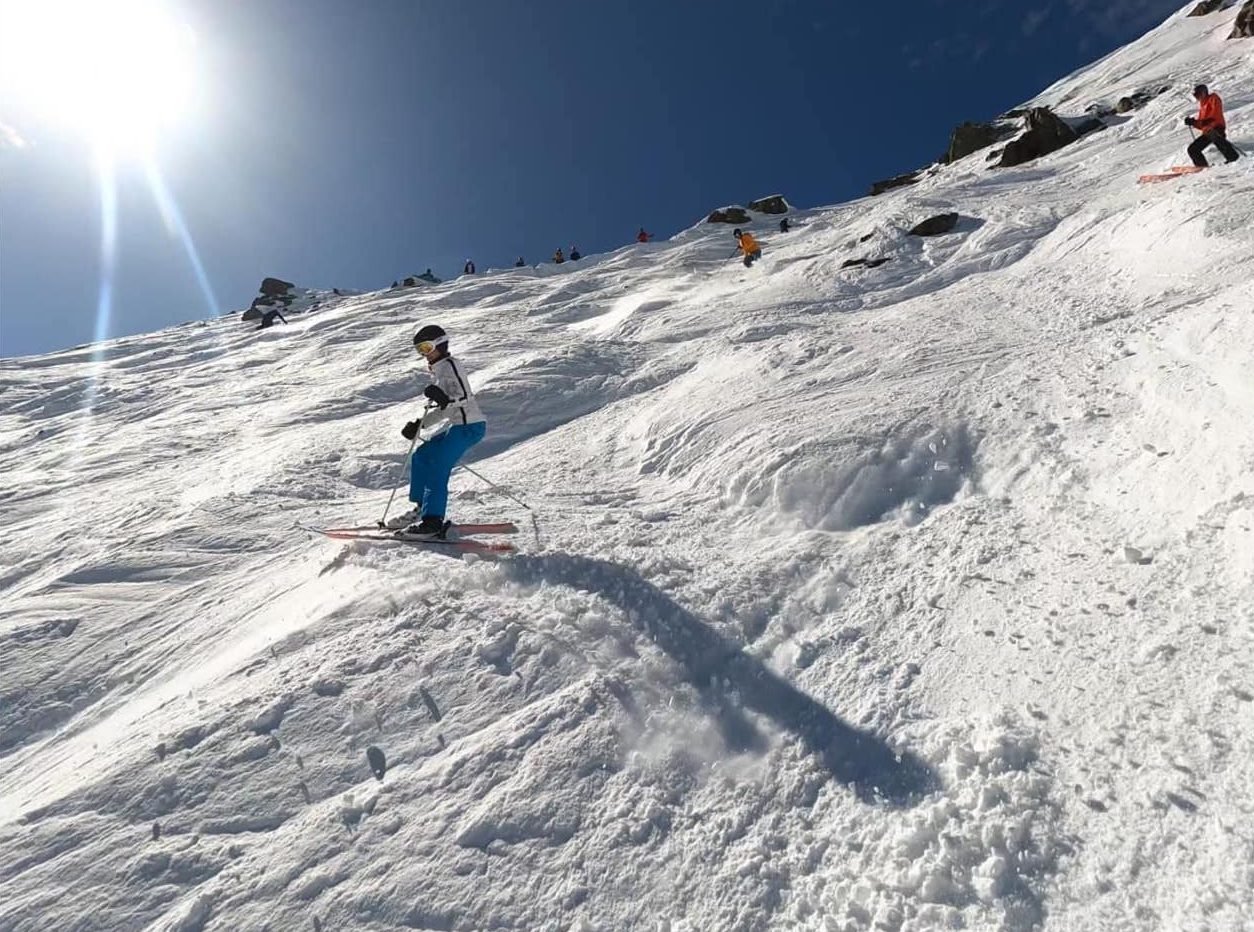
Different mountains offer different types of terrain for skiers and snowboarders to enjoy. Some mountains have more beginner slopes, while others tend to have more terrain geared towards advanced skiers. Typically, resorts have a mix of terrain that will satisfy beginner, intermediate, and advanced skiers. People tend to go to the mountains that offer more of the terrain they prefer. Therefore, each resort ought to be in tune with the niche of skiers and snowboarders it attracts and provide the terrain they want. It sounds simple enough: basic supply and demand. If there is a high demand for a certain type of terrain that skiers want, the ski resort should offer it. If there is a low supply of the terrain a skier wants at a ski resort, then the skier should probably go “shopping” at another resort for that terrain.
- Related: What Would be the Best Superpowers for Skiers and Snowboarders to Have? These are our Top 7 Picks
However, some resorts offer more of one type of terrain over another, leaving some skiers and snowboarders craving more. Most people understand that ski resorts are doing their best to provide a variety of terrain for all skill levels. Customer complaints sometimes arise when a ski resort fails to offer available terrain suitable for the type of skiing guests want. Some people want moguls, glades, groomers, steeps, or beginner trails when they hit the mountains. It is the ski resort’s responsibility to listen to the feedback of its customers and do the best to provide them with the product they want, to the best of their abilities. So, what are the terrain types ski resorts overlook the most?
Terrain Skiers Crave the Most
#5 Beginner Slopes
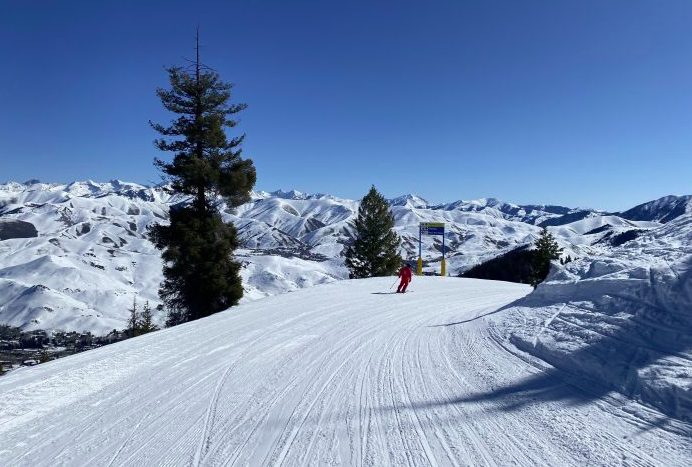
Every skier and snowboarder starts on a beginner slope. Hopefully, with time, they will improve their skills and be able to move on to more advanced terrain. However, for most, hitting a lazy green on a bluebird day makes most people feel good about themselves. Slowly traversing and meandering down a beginner slope can be relaxing and therapeutic after hitting double black diamonds all day. Beginner terrain is also a great place for the whole family to meet and take a trip down the mountain. Members in the family may not be at the same skill level, so taking one or two runs down the mountain as a family can create memories that can last a lifetime.
The resort’s main responsibility is to provide terrain for skiers and snowboarders of all skill levels. This means there must be terrain available for beginners to ski or ride on (Unless the name of your ski resort is Mt. Bohemia). Most people remember their first day or first season skiing or riding and how intimidating it can be, especially if there are not many beginner trails. Beginners need a gentle, wide slope that is ideal for novices to learn and practice basic skiing or riding techniques. That’s the terrain families and beginners are looking for.
#4 Groomed Runs
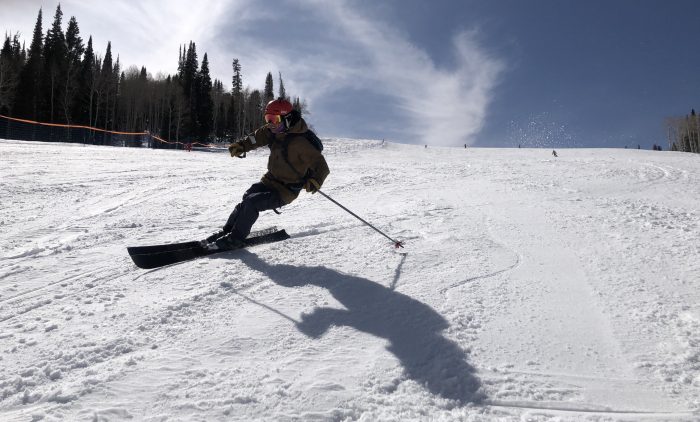
Resort skiing primarily consists of skiing on groomed runs and trails. It is hard to beat a hard-packed groomer to straight line down to the mountain. Groomers are also the spot to work on making good turns and carving. There’s nothing better than getting a pair of skis up on its edges and feeling them grip the hard-packed snow. Getting on some steeper terrain, picking up speed, and really carving is one of those feelings every skier should experience. A well-groomed run allows a skier to make easier and more decisive turns because of the consistent surface. They are great for beginner and intermediate skiers who need a dependable surface to learn on. However, don’t underestimate a hard-packed expert trail either. Those slopes are the ones that skiers and snowboarders can rip on. This makes groomed runs a common type of terrain that most skiers and snowboarders want.
#3 Steep Terrain

Almost every mountain has some level of a steep trail in one form or another. Some resorts have steeper and longer trails than others, but steep slopes that aren’t very long can still be challenging, depending on how steep the gradient is. This terrain is where skiers and snowboarders need to be more experienced, confident, and able to control their descent down the mountain. It is also the place where many people go to get their adrenaline rush. Skiing and snowboarding are inherently dangerous, and hitting the steeps can be the fix for thrill seekers looking for challenging terrain.
#2 Moguls
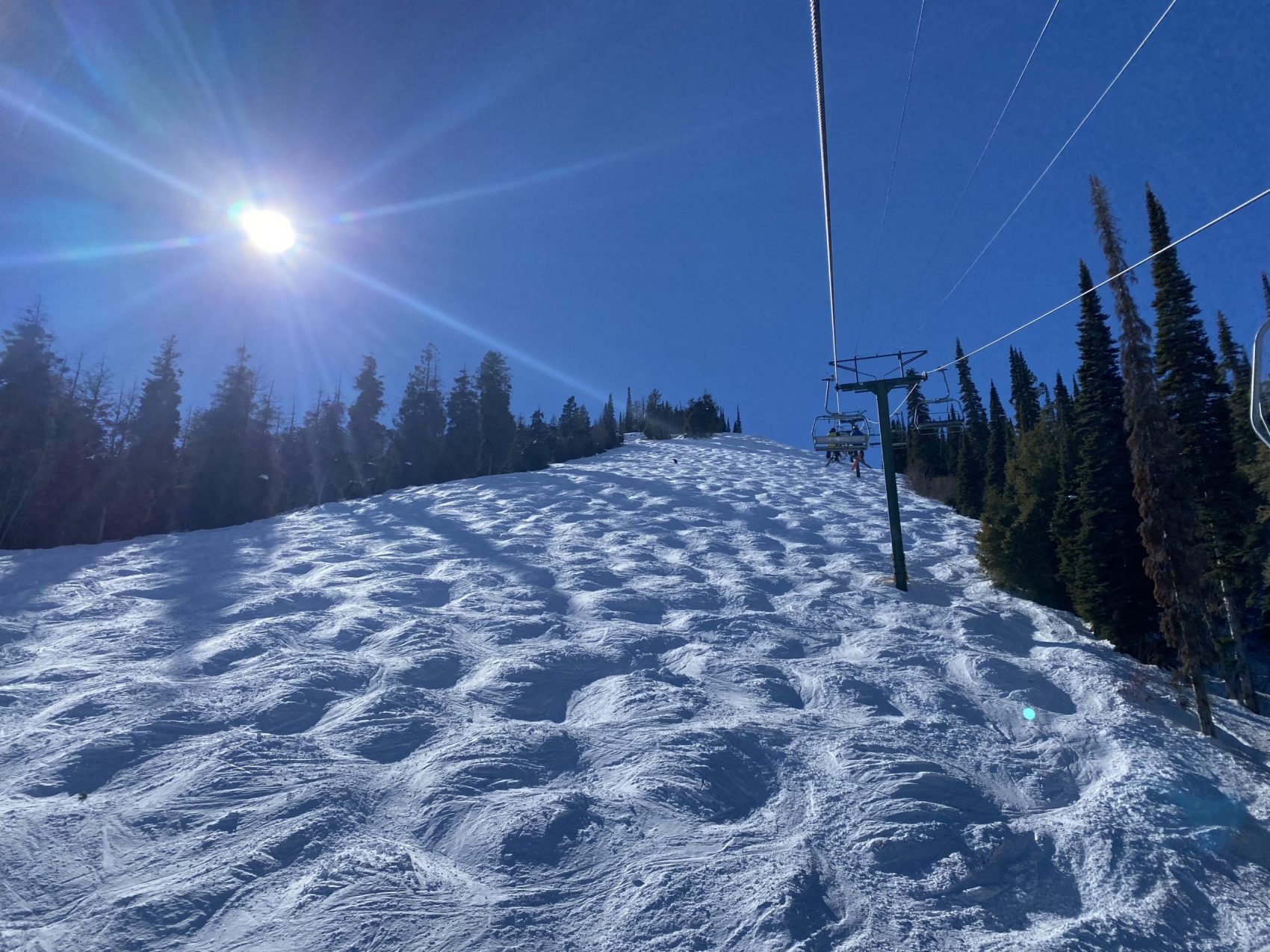
Skiing moguls separates the good skiers and snowboarders from the great ones. Most mogul runs are located on advanced terrain and are already difficult for some skiers to navigate. Adding bumps to a run makes it even more difficult, and skiers or snowboarders must be more technically sound and in control going down the mountain. People who like to ski moguls are a different breed of skiers and snowboarders. Many people will just look at moguls and not even think about hitting them. For skiers and snowboarders who love moguls, it’s the first place they look for when they get to the mountain.
Ski resorts typically put moguls on expert runs for a good reason. Beginner and intermediate skiers and snowboarders don’t want anything to do with them. So, there’s no need for moguls to be on runs that beginners and intermediate skiers would be on. Or is there? Moguls are tough enough without having to learn to do them on a double-black diamond. That’s asking a lot from someone who has never hit a single mogul before. On the other hand, some might argue that skiers and snowboarders who can’t handle or control themselves on that run shouldn’t be there in the first place.
So, why do most ski resorts only have moguls on expert runs? The learning curve is very high at that level, and making a small mistake can quickly turn into a big problem. Setting up a mogul field on an intermediate run just makes sense. It is the step-by-step progression of learning how to ski or ride something for the first time. No one wants to go full-tilt down a mogul run the first time. Creating a small mogul field on an intermediate run would give skiers and snowboarders a chance to practice before tackling expert-level terrain—something most would appreciate. However, any skier or snowboarder who truly loves hitting bumps will seek them out, regardless of what trail they are on.
#1 Glade Skiing
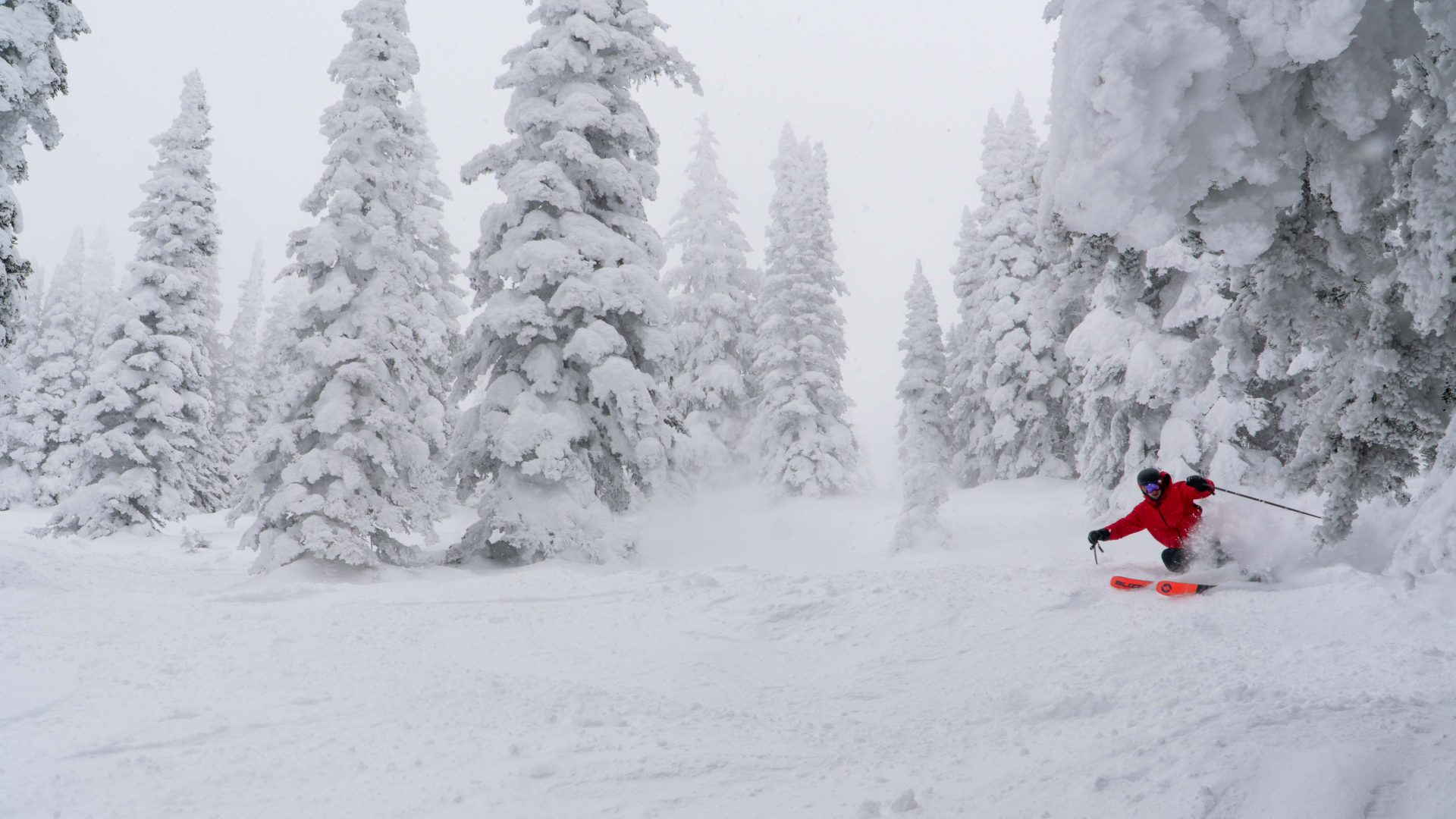
Over the years, ski resorts have started making more terrain available for glade skiing. Not long ago, skiing “out of bounds” would have cost someone their lift ticket if caught by ski patrol. Today, there are not too many ski resorts that do not offer some form of tree skiing. Yes, glade skiing is dangerous, and skiers and riders must know the risks associated with being in the trees. Glades skiing requires skiers and riders to be in control and be able to make precise turns and decisions quickly. It doesn’t matter if you are a beginner or an expert; everyone seems to love glade skiing.
Glade skiing can vary depending on where you are located. Glade skiing out West is something out of a ski movie. The terrain is vast, the trees seem perfectly spaced, and the snow conditions are sometimes perfect. It almost seems like there is no designated terrain for the glades because they are just there, and skiers and snowboarders love it.
Glade skiing in the East is somewhat of an enigma. Ski resorts have gladed areas that are designated throughout the mountain. However, depending on how far north the ski resort is depends on how much fun the glades will be. The glades require more snow than groomers. If the glades do not have enough snow, it’ll be more likely to get bogged down and have to walk out. Having less snow also forces skiers and snowboarders to deal with exposed rocks, tree branches, and other debris, which can be hazardous. Ski patrol does a good job at mitigating the glades and ensuring they are safe to ski in. The glades in the Eastern U.S. also seem tighter, with trees leaving very small corridors to ski through.
Regardless of what part of the country someone is skiing in, safety is paramount. That is why the glades can be dangerous and should never be skied without a friend. Skiers and snowboarders still love glade skiing, even though they know its dangers.
People like different types of terrain to ski or snowboard on. It all depends on the individual’s preferences, skill level, and risk-taking attitude. The type of terrain a skier or snowboarder prefers can tell a lot about their personality. Hopefully, ski resorts are listening to the type of terrain skiers want, so they remain the resort that skiers want to return to year after year.
Is there another type of terrain not mentioned in this article that you feel should have been? Let us know in the comments below.